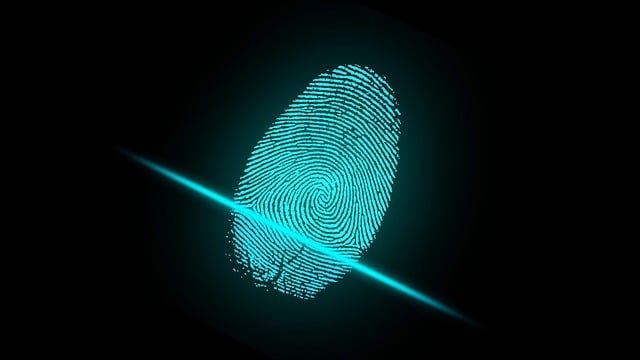Biometric in cyber security refers to the use of unique physical or behavioral characteristics to identify an individual. In the context of cyber security, biometrics can be used to authenticate a user’s identity and grant them access to a computer system or network.
You are missing this post Must read it: Emergency contacts list: who to call in a crisis
Here are some applications of Biometric in Cybersecurity:
- Fingerprints: Fingerprint recognition is one of the most widely used biometric technologies in cyber security. Fingerprints are unique to each individual and can be used to grant access to secure areas or computer systems.
- Facial recognition: Facial recognition technology uses unique facial features, such as the distance between the eyes, nose, and mouth, to identify an individual. This technology can be used to grant access to computer systems or to monitor access to sensitive areas.
- Voice recognition: Voice recognition technology uses the unique characteristics of a person’s voice, such as pitch and accent, to identify an individual. This technology can be used to grant access to computer systems or to monitor access to sensitive areas.
- Retina and iris recognition: Retina and iris recognition technology uses the unique patterns of the retina and iris to identify an individual. These systems are considered to be highly accurate and can be used to grant access to secure areas or computer systems.
- Hand geometry, Signature dynamics, and gait recognition: These technologies use unique physical characteristics to identify an individual, such as the shape of a hand or the way a person walks. These technologies are increasingly used in access control and surveillance systems.
Biometric technology can also be used in combination with other security measures, such as passwords or tokens, to create a multi-factor authentication system. This can help to increase the security of a computer system or network by requiring multiple forms of identification before granting access.
It is important to note that the biometric data stored and used must be protected, as well as the systems using them. It is important to ensure that the data is stored securely and that the systems are designed to prevent unauthorized access, misuse, or data breaches.
What is the most common type of biometric security?
The most common type of biometric security is fingerprint recognition. Fingerprint recognition is one of the most widely used biometric technologies in cyber security. Fingerprints are unique to each individual and can be used to grant access to secure areas or computer systems.
It is considered to be the most widely used biometric technique due to its wide range of applications, ease of use, and its relatively low cost. Fingerprint recognition technology can be integrated into a variety of devices, such as smartphones, laptops, and biometric readers, and can be used in combination with other security measures, such as passwords or tokens, to create a multi-factor authentication system.

What are the 4 benefits of biometrics?
There are several benefits of biometrics in terms of security, which include:
- Uniqueness: Biometric identifiers are unique to each individual, which makes them difficult to replicate or forge. This helps to ensure that only authorized individuals are able to gain access to secure areas or systems.
- Convenience: Biometric technologies, such as fingerprint recognition and facial recognition, are easy to use and can provide a more convenient and user-friendly experience compared to traditional authentication methods, such as passwords or tokens.
- Increased security: Biometric technologies can provide a higher level of security than traditional authentication methods by using unique physical or behavioral characteristics to identify an individual. This can help to prevent unauthorized access and reduce the risk of identity theft.
- Non-repudiation: Biometric systems provide non-repudiation because it is hard to deny one’s identity once it has been verified. This means that if a person is verified with their biometric data, they cannot deny that they were the one who performed the action, such as accessing a system or signing a document.
- Cost-effective: Biometric systems can be cost-effective in the long run, as they eliminate the need for extra tokens or cards, and they are less prone to lose or theft, reducing the need for replacements.
Conclusion
In conclusion, biometrics is an important technology that plays an increasingly important role in cyber security. Biometric technology uses unique physical or behavioral characteristics to identify an individual and grant them access to a computer system or network.
Fingerprint recognition is the most widely used biometric technology in cyber security. Other examples of biometric identifiers that are commonly used in cyber security include facial recognition, voice recognition, retina and iris recognition, hand geometry, signature dynamics, and gait recognition.






